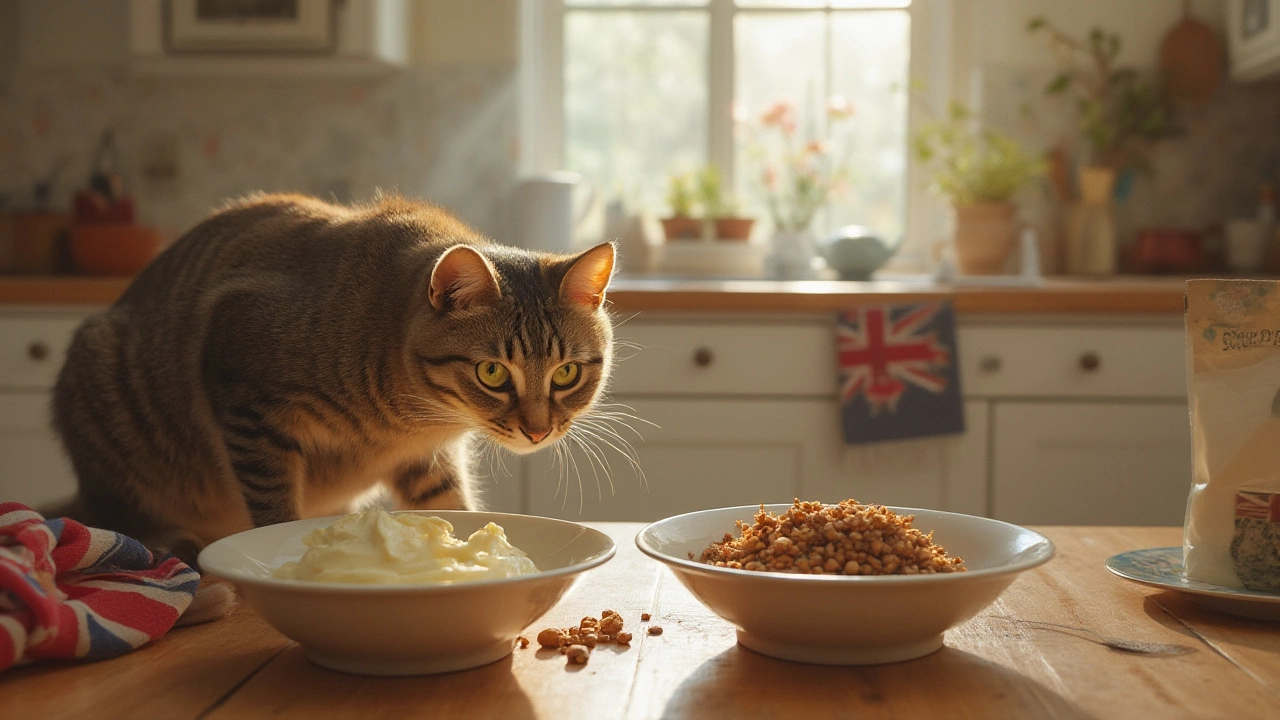Best Cat Food Texture: Choosing the Right Consistency for Your Cat
Ever wonder why your cat snubs one brand but devours another? Texture is a big part of the answer. Some cats love crunchy kibble, others prefer soft pâté, and a few go crazy for shredded morsels. Getting the texture right can boost appetite, help with digestion, and keep teeth healthy.
Dry, Wet, and In‑Between – What’s the Difference?
Dry kibble is the classic crunchy bite. It’s easy to store, keeps teeth clean, and works well for free‑feeding. If your cat is an indoor hunter who loves to chew, dry food might be a natural fit. Look for pieces that are not too small – larger bits encourage chewing and can reduce plaque.
Wet food comes in cans, pouches or trays and usually has a soft, smooth texture. It’s packed with moisture, which helps cats stay hydrated, especially those who drink little water. Wet food is also easier on older cats or those with dental issues because there’s no hard crunch to pain sore gums.
Some brands offer semi‑moist or shredded options. These sit between dry and wet – they’re softer than kibble but have a bit more bite than pure pâté. Shredded foods mimic the texture of shredded meat, appealing to cats that love a bit of chew without the hardness.
How to Pick the Best Texture for Your Cat
Start by watching your cat’s eating habits. If they paw at kibble, roll it around, and seem satisfied, dry food is a good match. If they push the bowl away or chew slowly, try a softer wet formula. Cats with dental disease, broken teeth, or senior cats often prefer wet or shredded foods because they’re gentler on gums.
Consider health needs, too. Cats with urinary issues benefit from higher moisture levels, making wet food a smart choice. On the other hand, overweight cats might do better with controlled‑portion dry kibble that’s lower in calories but still fills them up.
When you switch textures, do it gradually. Mix a small amount of the new food with the old, bumping up the new portion over a week. This helps avoid stomach upset and lets your cat get used to the new feel.
Don’t forget to check the ingredient list. A texture that sounds perfect won’t help if the food is full of fillers. Look for real meat as the first ingredient and avoid excessive artificial flavors.
Finally, keep an eye on your cat’s weight, coat condition, and energy levels. If a texture change leads to better appetite and a glossy coat, you’ve probably hit the mark. If not, experiment with another style – the right texture can make a big difference in your cat’s overall wellbeing.
Bottom line: there’s no one‑size‑fits‑all cat food texture. Dry, wet, shredded, or pâté each have strengths. By watching your cat’s preferences, health needs, and doing a slow transition, you’ll land on the texture that keeps them happy, healthy, and coming back for more meals.
Pate vs Shredded Cat Food: Which Texture Is Best for Your Cat?
Get the real story on pate versus shredded cat food. Learn what makes each texture unique, how cats react, and tips to make the healthiest choices for your furry friend.
